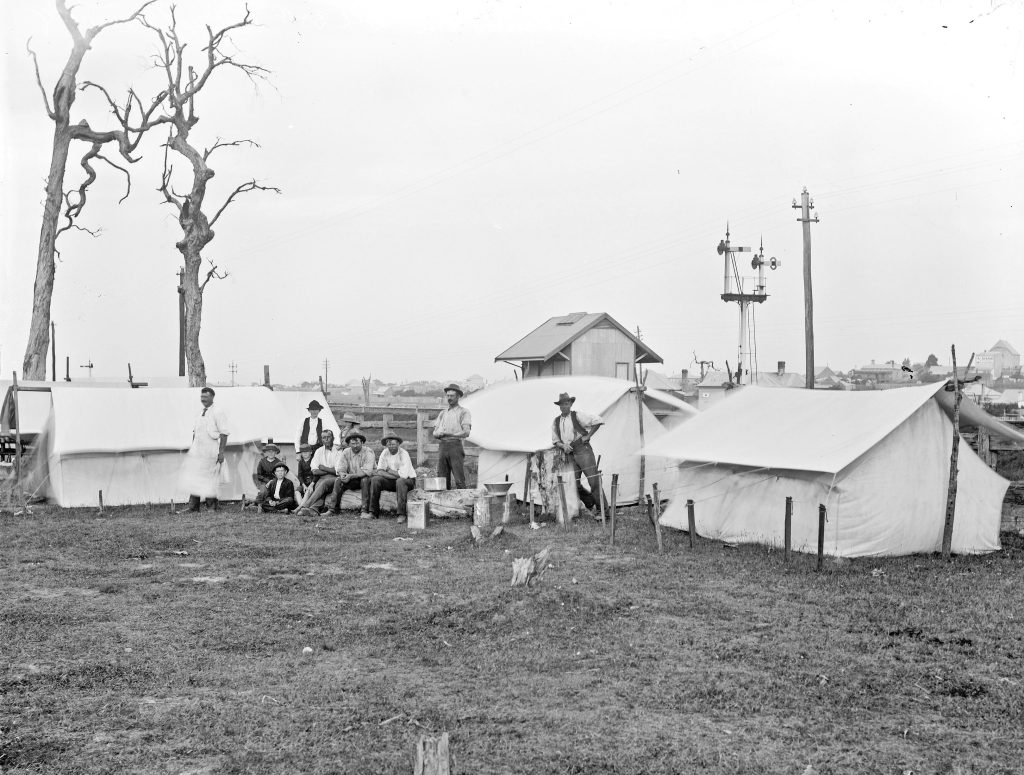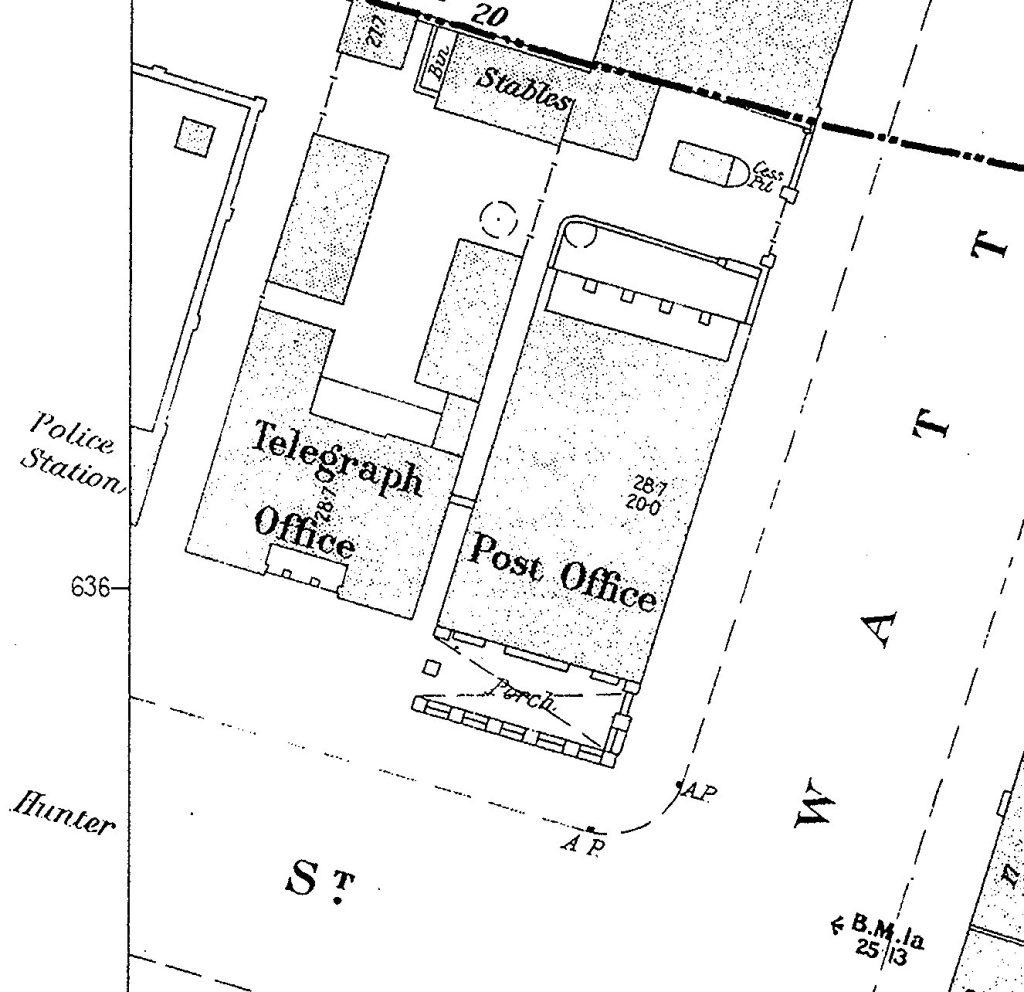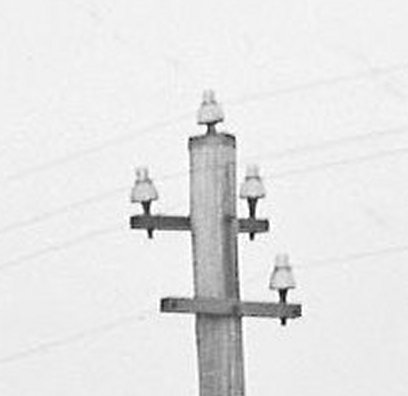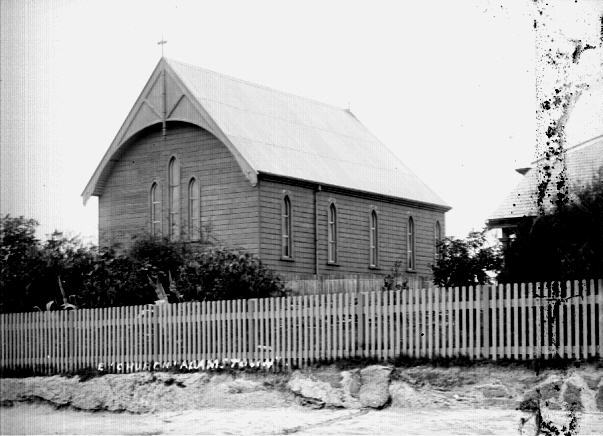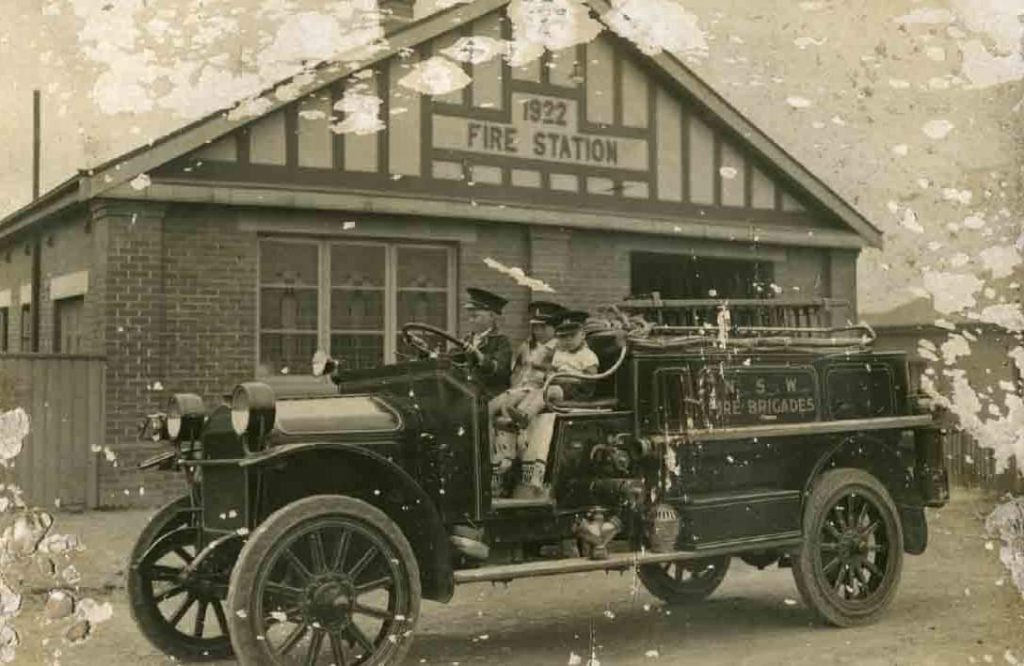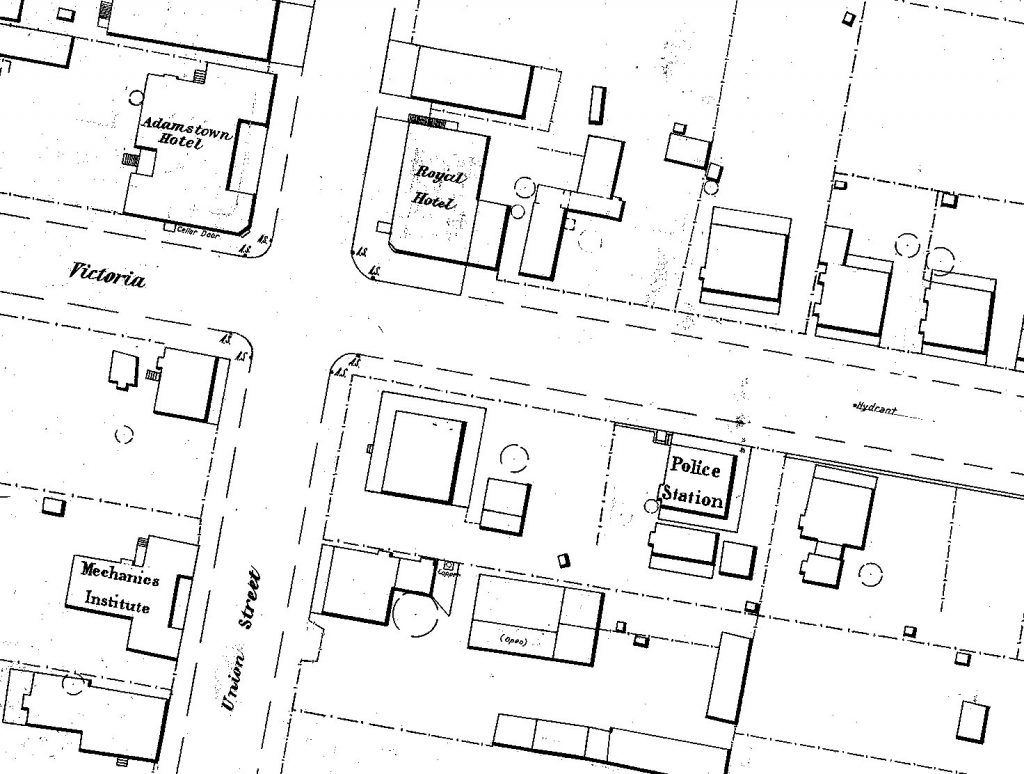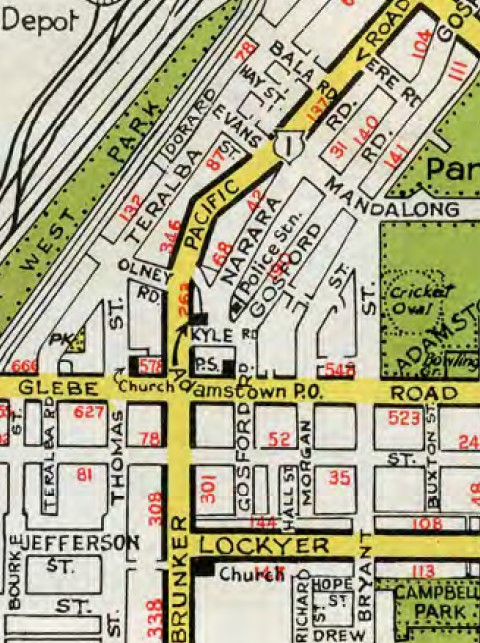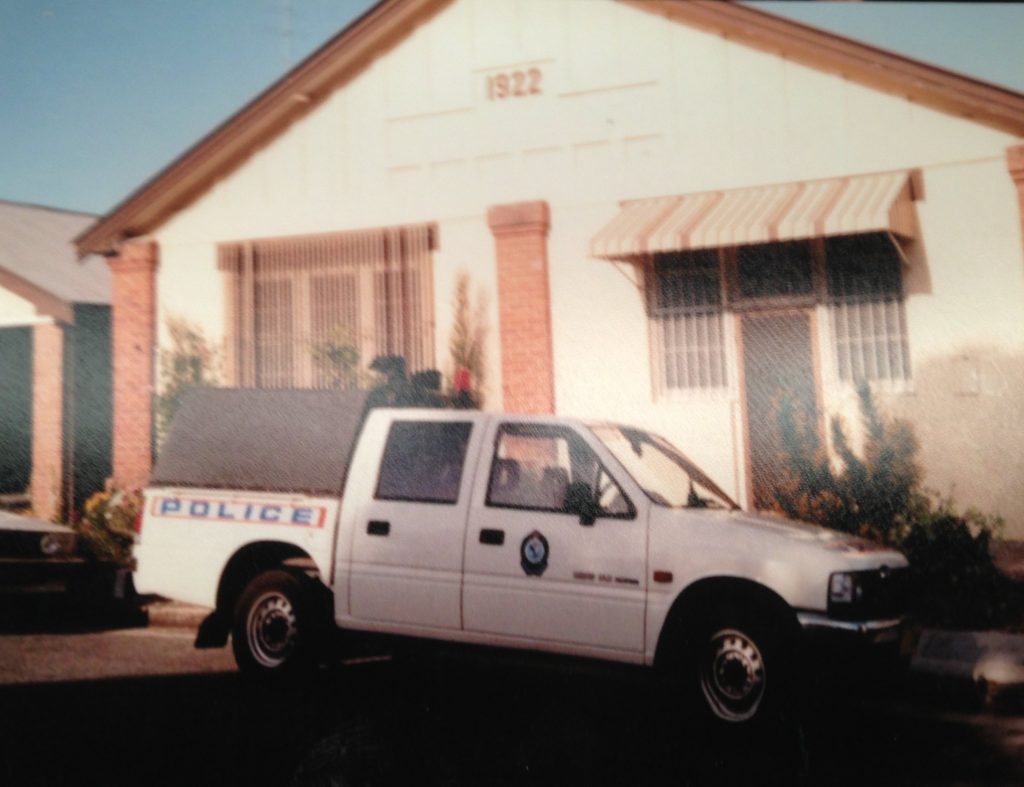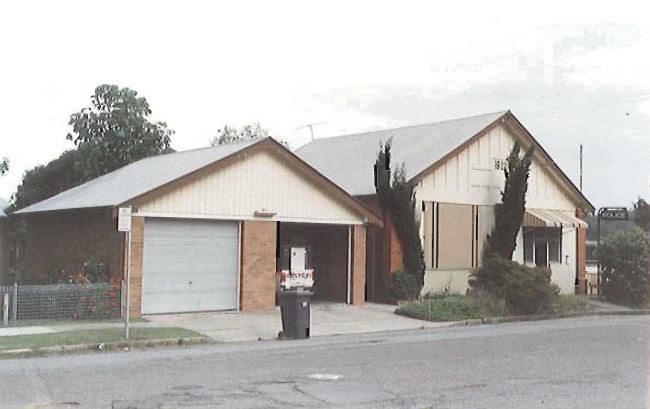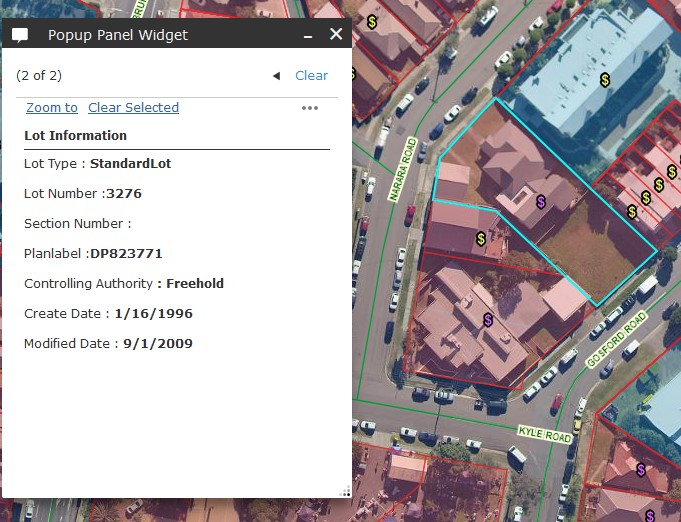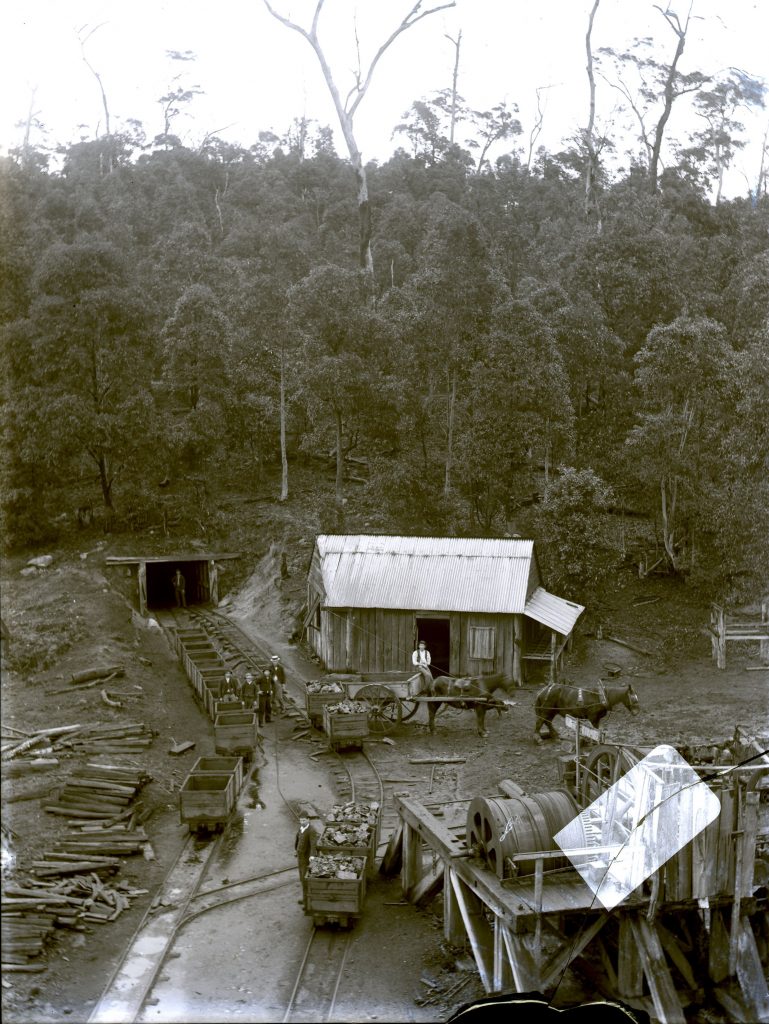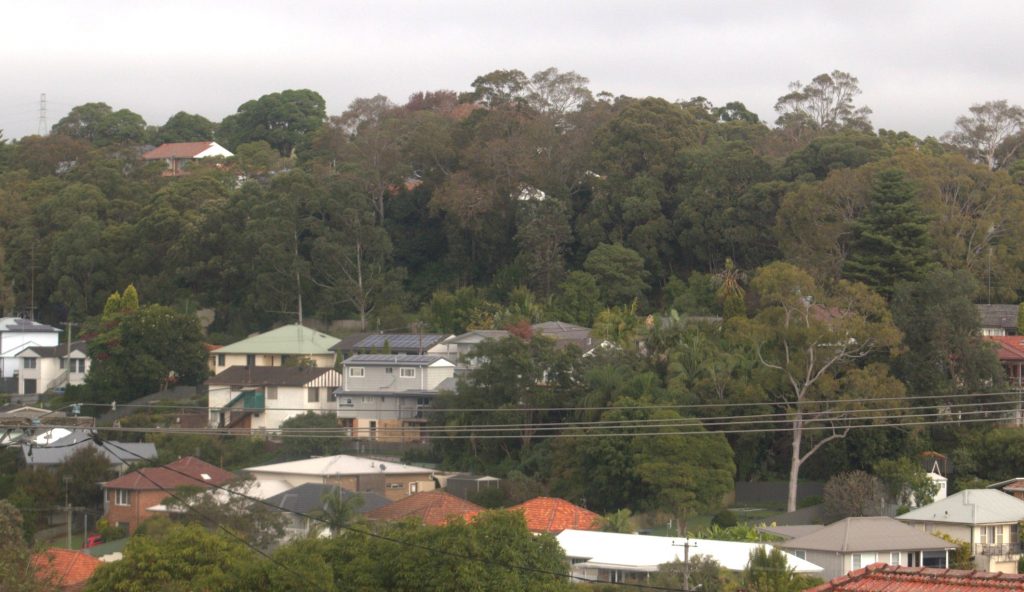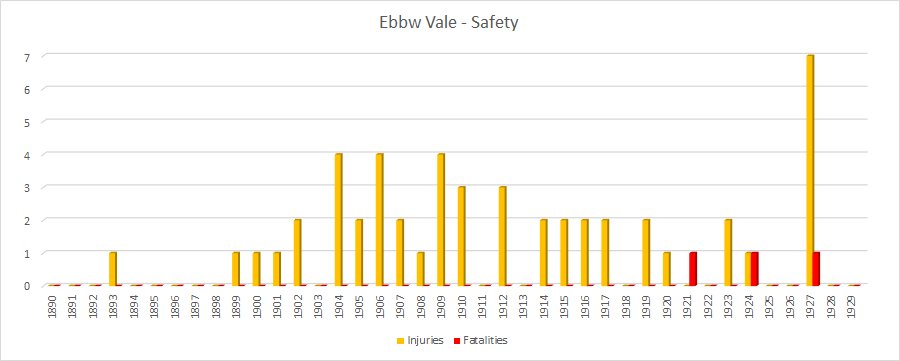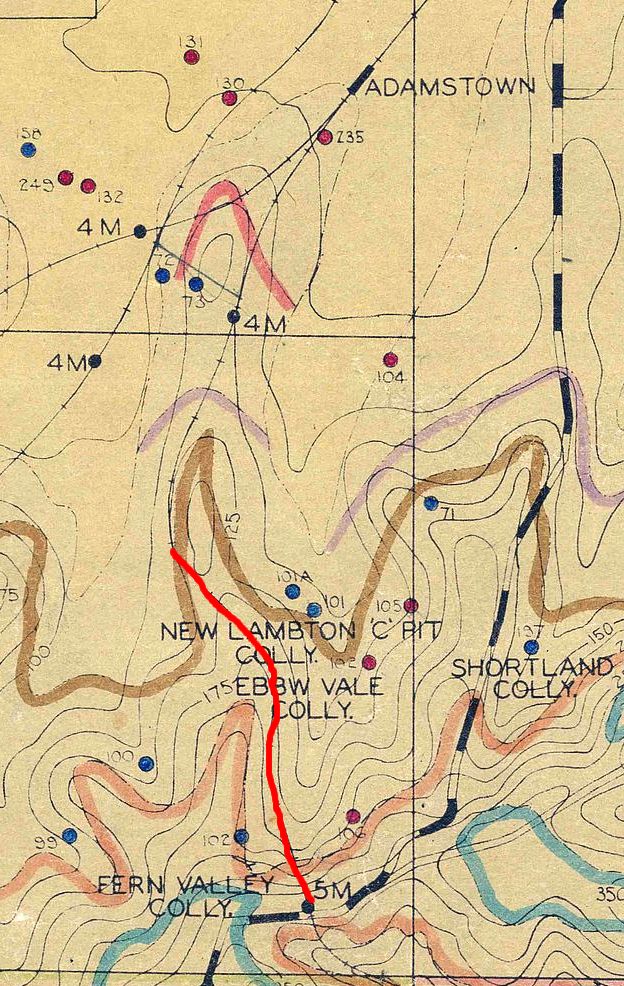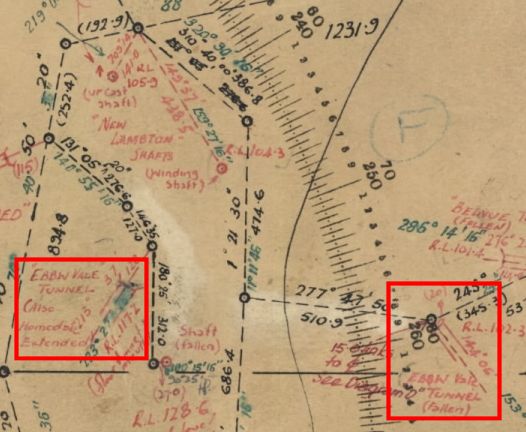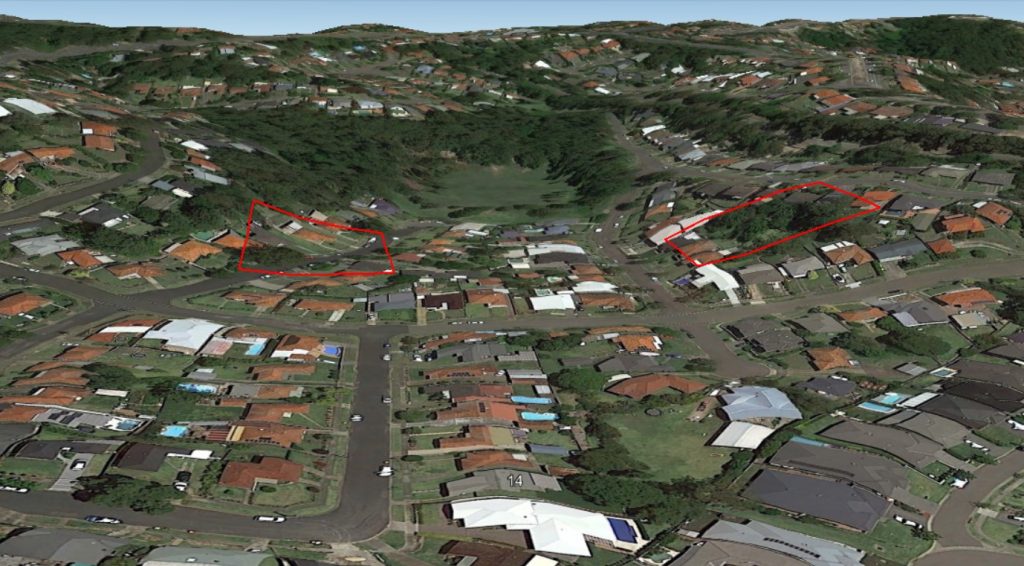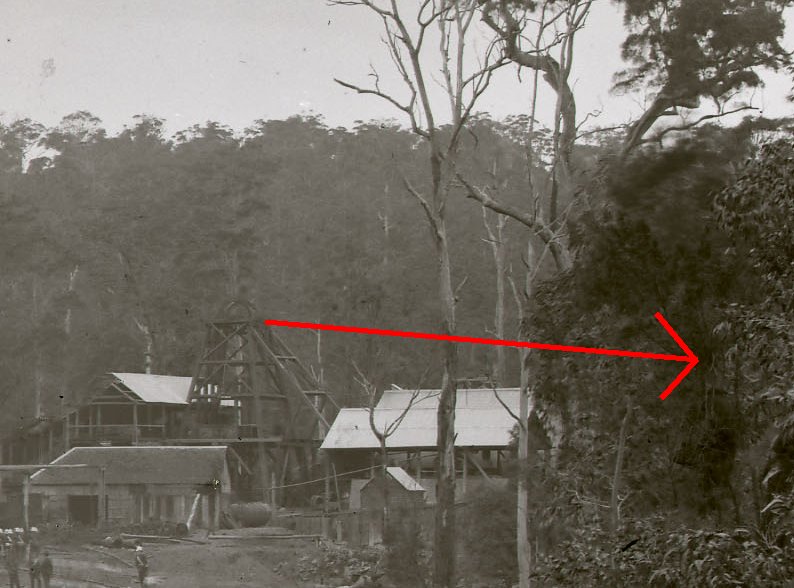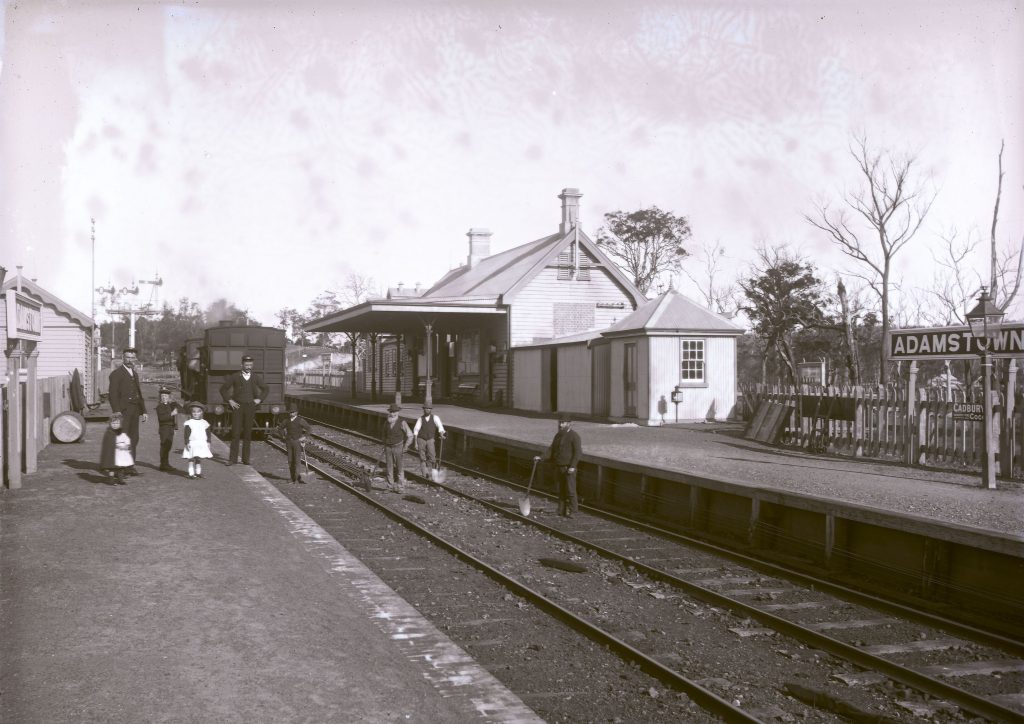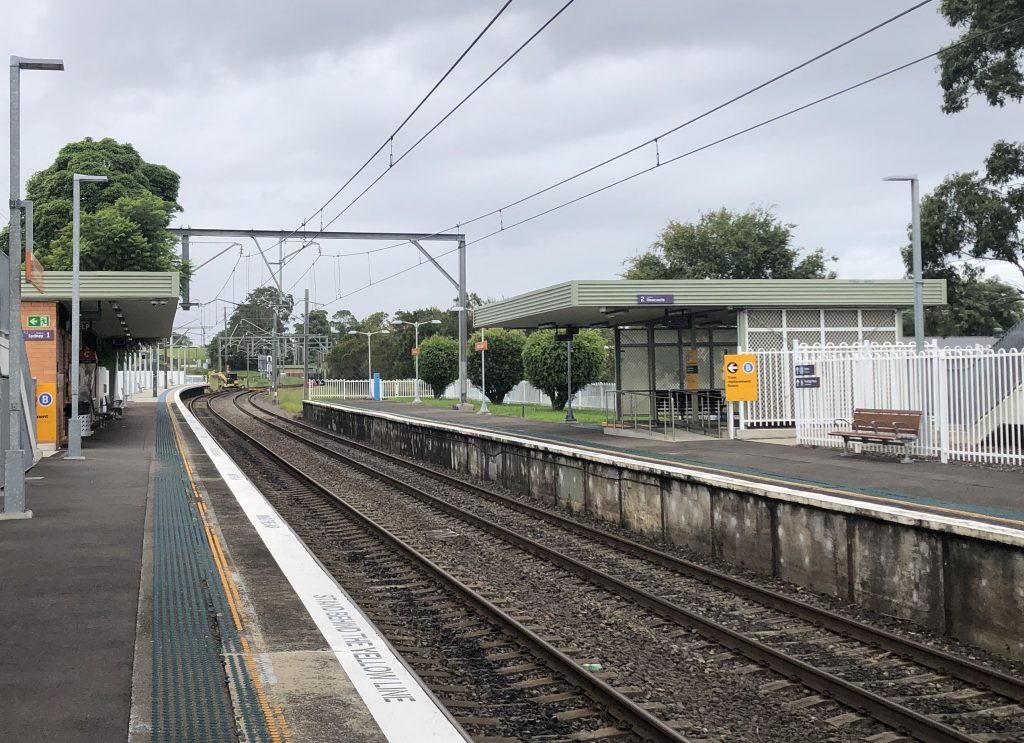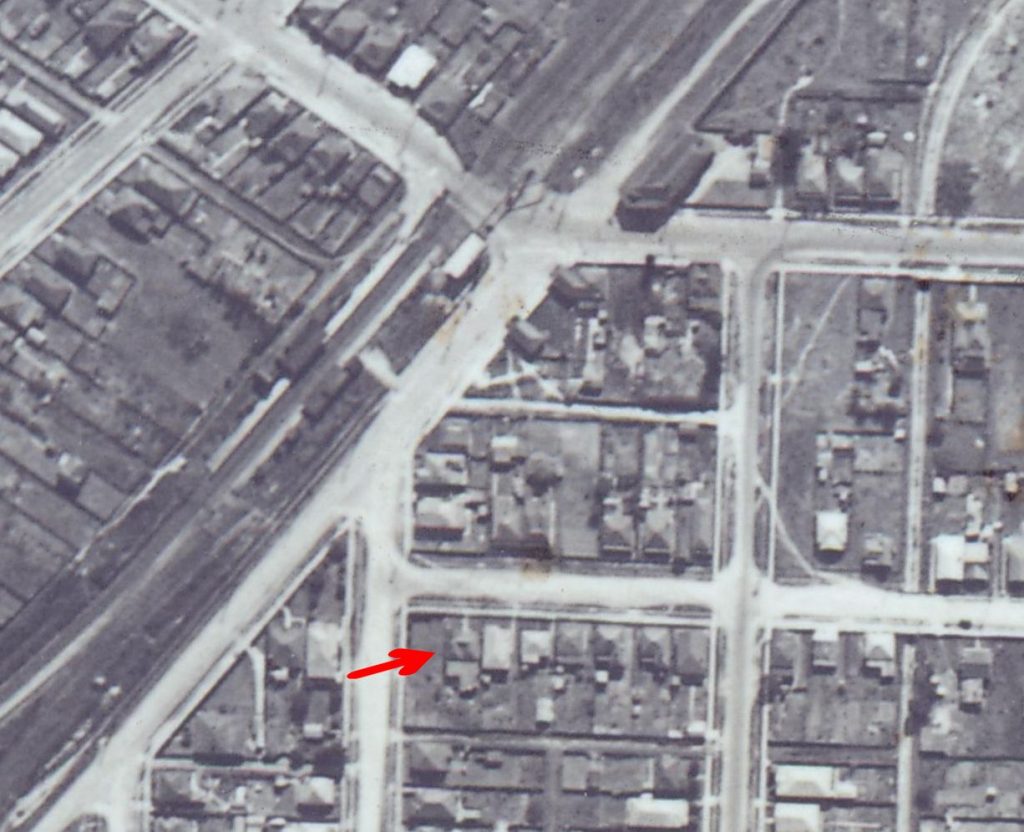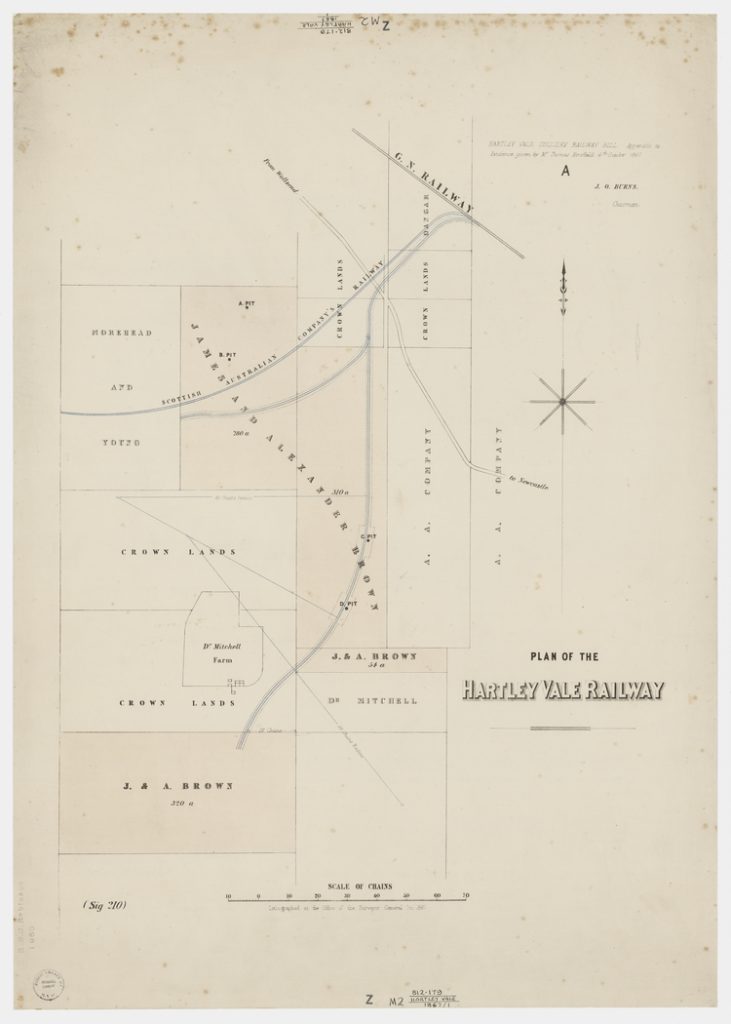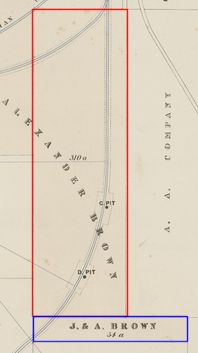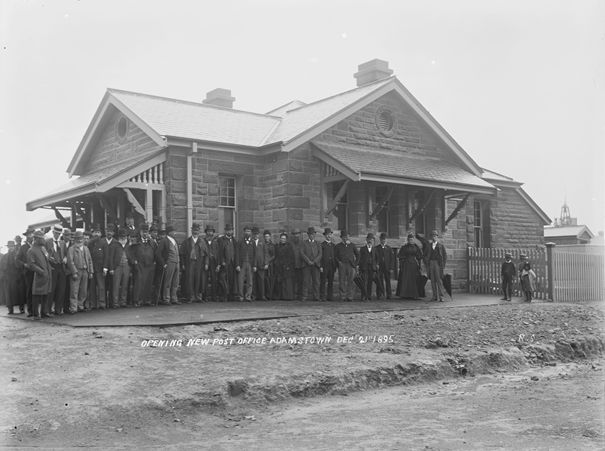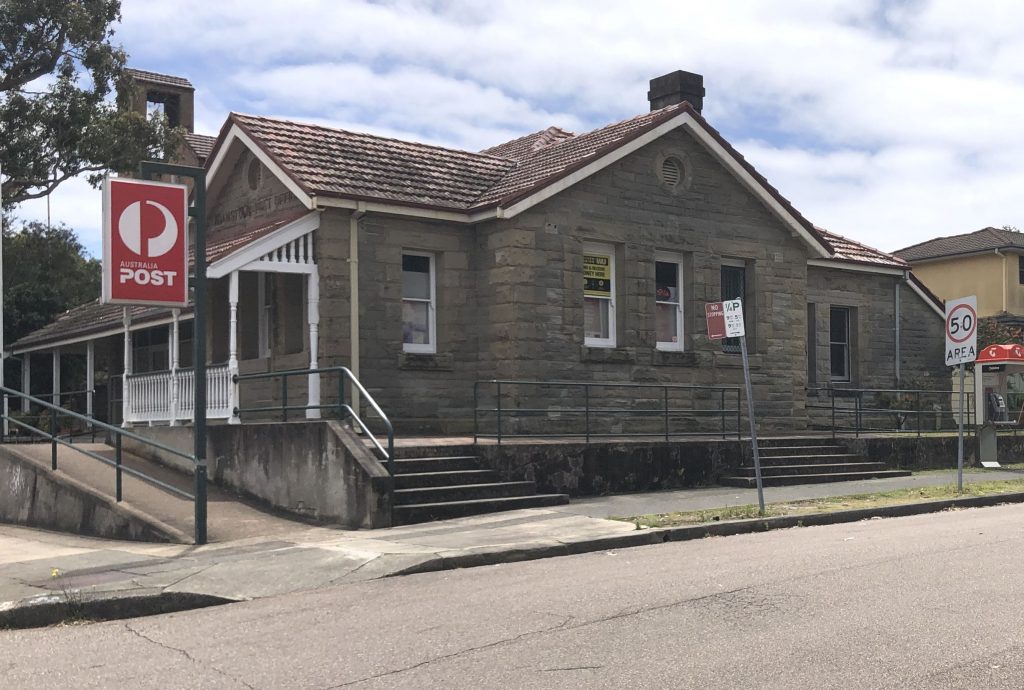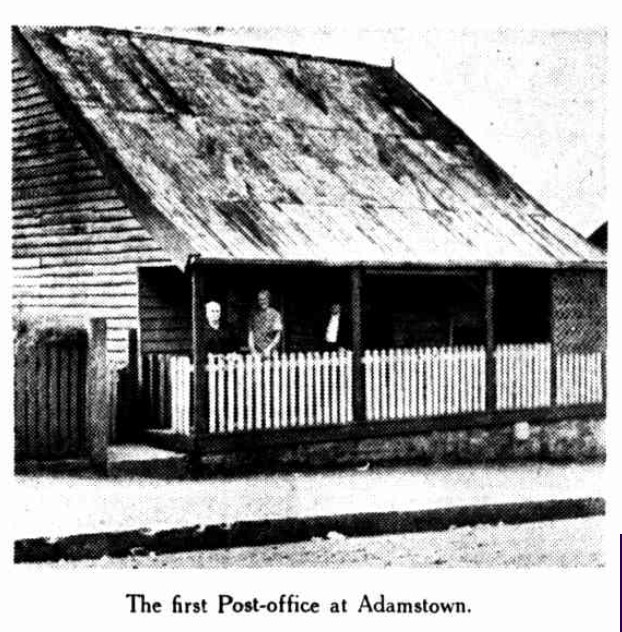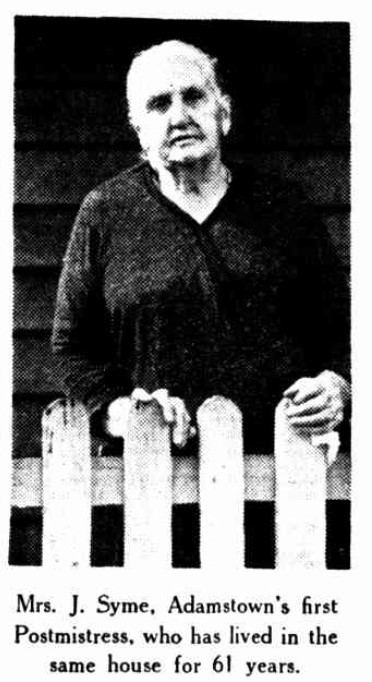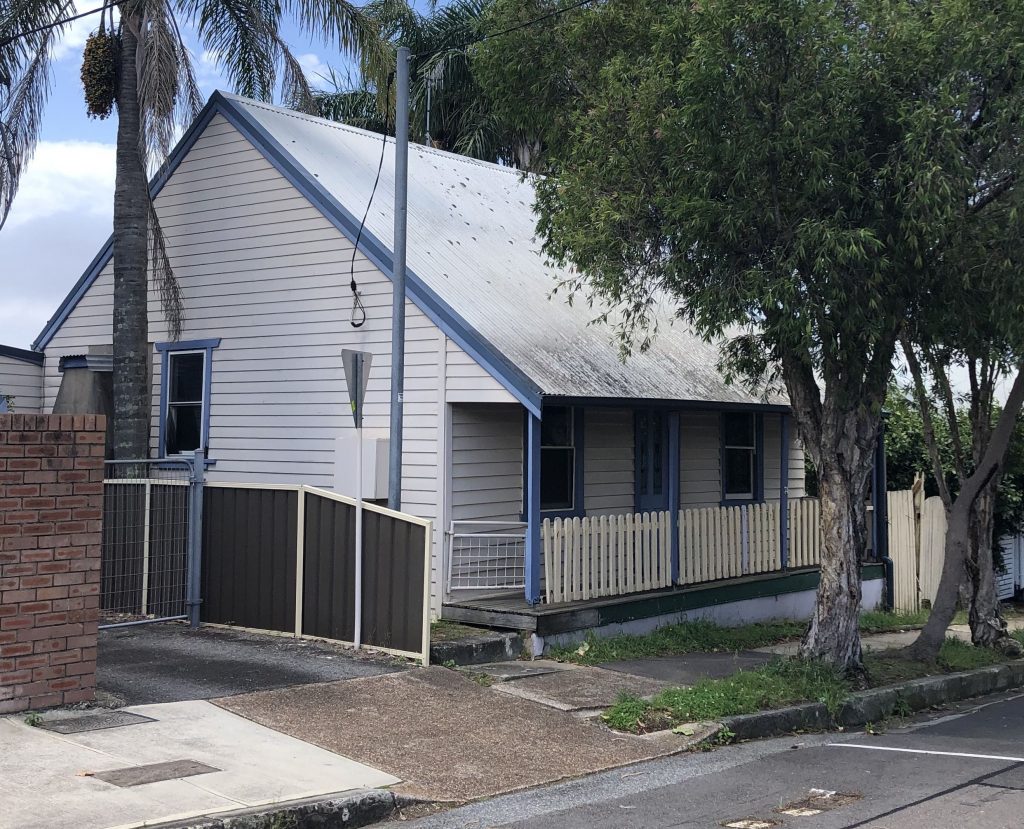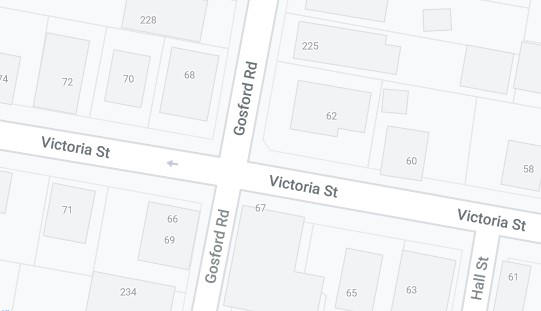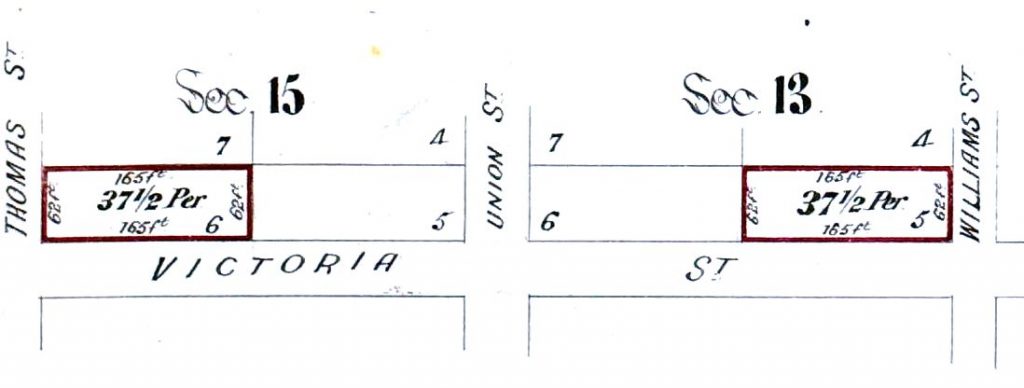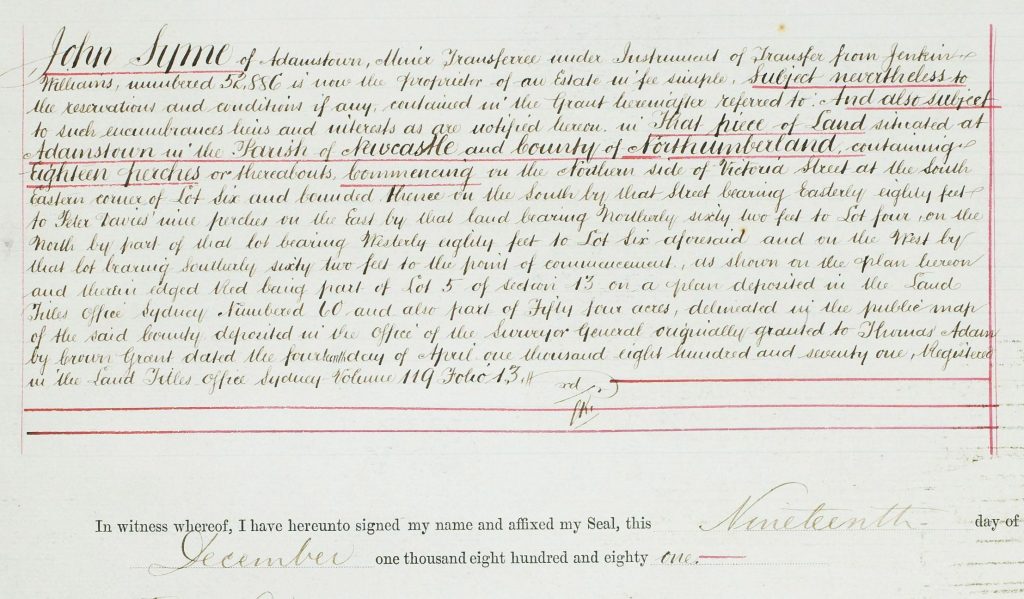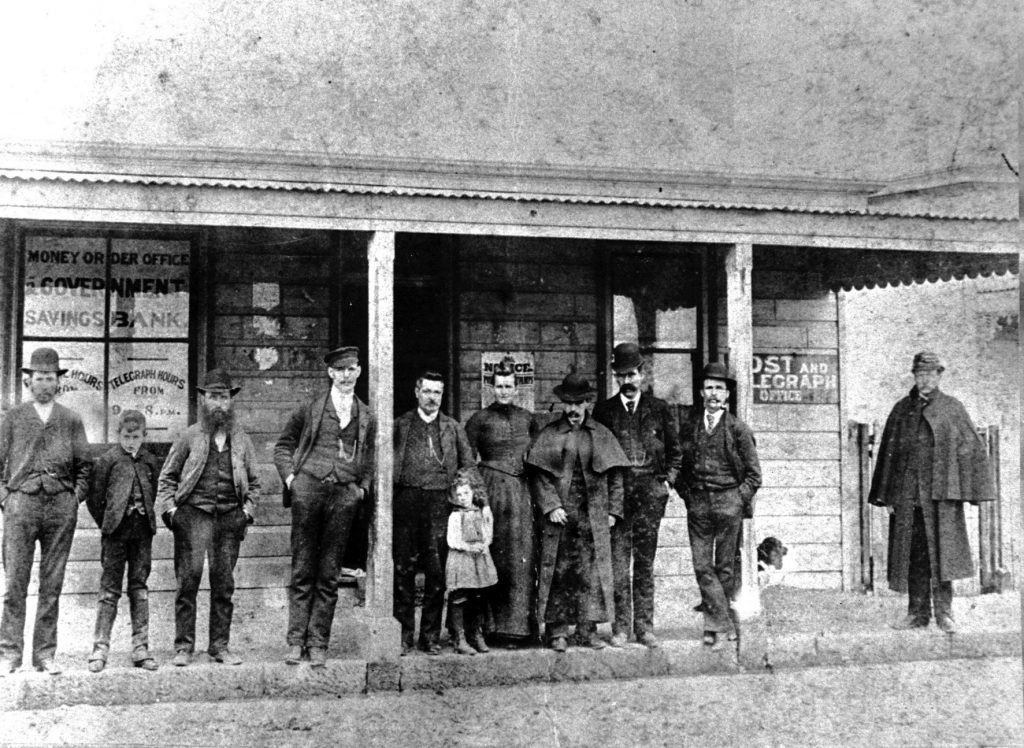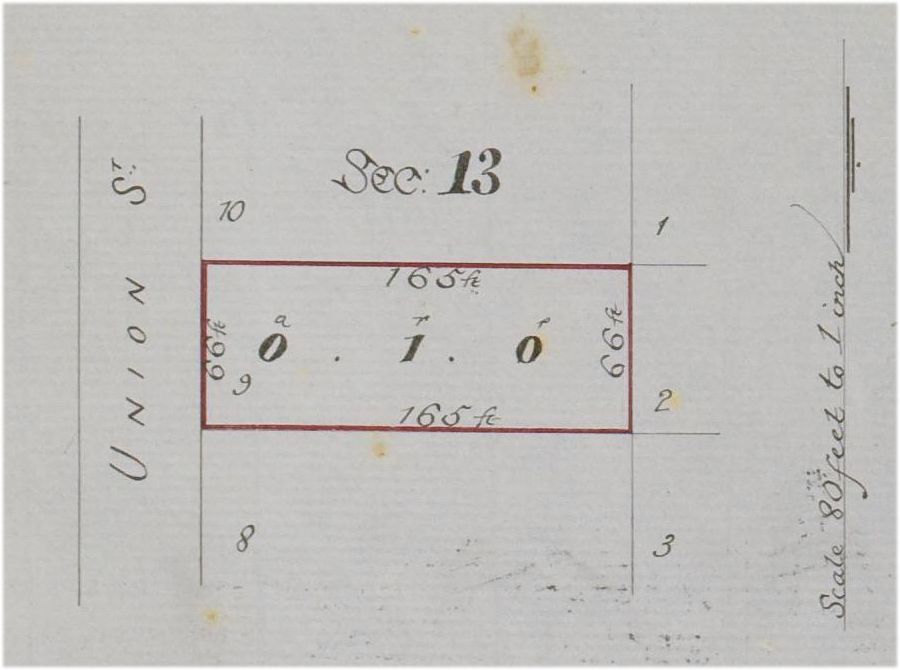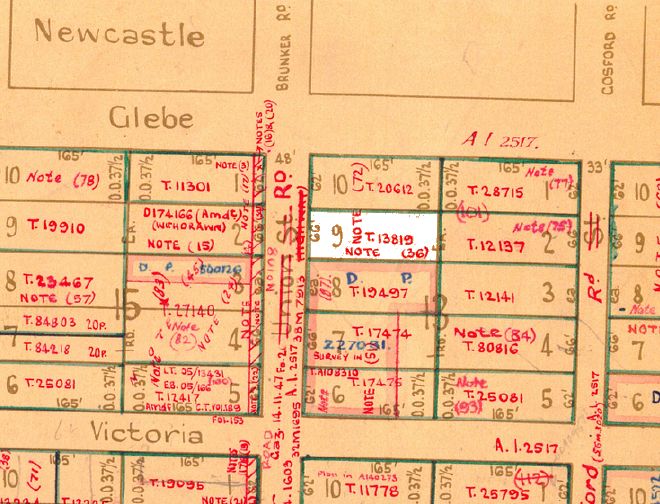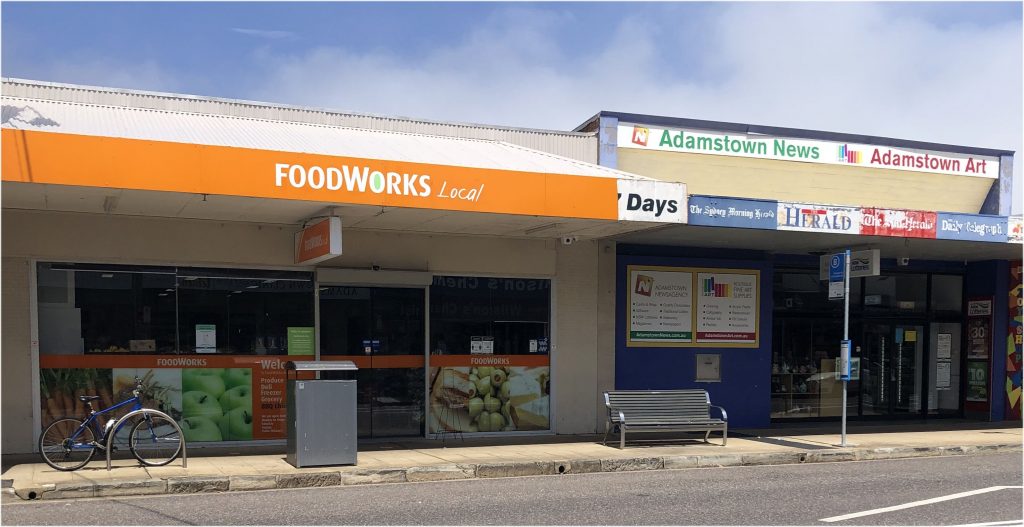In 1862 Robert and Mary Love and their children migrated from Scotland to New South Wales. The family settled in Lambton, where Robert worked as a storekeeper. In July 1874 an advertisement placed by Robert invited tenders to construct a brick building in Adamstown, 30ft by 25ft by 20ft high. After obtaining a publican’s licence, in December 1874 he opened Adamstown’s second hotel, the Royal Crown, on the north-east corner of Victoria and Union St (Brunker Rd).
Three years later Robert Love died, aged just 46. Mary took on the hotel, assisted by her family. In the next four decades three of her sons-in-law were licensees of the hotel she owned. In 1904 Mary offered the hotel for sale at auction, however the reserve price was not met. The recent Local Options amendment to the NSW Liquor Act, which gave electors the ability to vote for liquor licence reductions, meant that owning a hotel was not as secure a business as it was previously. The Love family continued with the Royal Crown until Mary’s death in 1913. Castlemaine Brewery and Wood Brothers then purchased the hotel.
A societal desire for curbing alcohol consumption led to further changes to the Liquor Act, and the eventual demise of the hotel. In January 1921 the Licence Reduction Board determined that 23 hotels in Newcastle would be closed, including the Royal Crown in Adamstown. The hotel ceased in July, and the property was advertised for sale.
Mary Love’s fourth son-in-law then purchased the property. Thomas and Janet Freeman owned the adjacent Kitchener Hall that they had built in 1915 “for picture show purposes”. Acquiring the former hotel allowed the Freemans in 1937 to rebuild and widen their picture theatre. The cinema operated until 1965, when it was sold and converted to shops. The art deco façade of the former cinema survives to this day. However next door on the corner block, the Royal Crown Hotel building was demolished sometime between 1967 and 1974.


The article above was first published in the December 2024 edition of The Local.
Additional Information
Licensees
- Robert Love – December 1874 to February 1878 (death of Robert Love)
- Mary Love – February 1878 to December 1888
- William Russell (son-in-law of Mary Love) – December 1888 to April 1891
- James Gray/Grey – April 1891 to October 1893
- Mary Love – October 1893 to December 1898
- Arthur Carnley (son-in-law of Mary Love) – December 1898 to November 1904
- Adam Hogg (son-in-law of Mary Love) – November 1904 to March 1911
- Arthur Carnley – March 1911 to May 1914
- Charles Westbrook – May 1914 to August 1915
- John Wood – August 1915 to February 1918
- John W Hitchcock – February 1918 to March 1919
- Joseph George – March 1919 to August 1919
- Albert (Alfred?) Osland – August 1919 to February 1920
- Horace Robert Cruickshanks – February 1920 to July1920
- Edgar Condie – July 1920 to March 1921
- Stanley Walter Barnes – March 1921 to closure in July 1921
There has been some confusion arising from Snowball’s photograph, because the sign above the door reads “William Russell”, suggesting that he was the licensee at the time.
Snowball on his listing for negative box 290, has also labelled the photo as “W. Russells Hotel Adamstown – Sept 9”
However records show that Arthur Carnley was the licensee between December 1898 and November 1904. Also the Federal Directory of Newcastle 1901, shows the licensee of the “Royal Crown” was “Carnley, A.”
The apparent discrepancy can be reconciled by understanding that both Arthur Carnley and William Russell were sons-in-law of Mary Love, whose husband Robert opened the hotel in 1874. William Russell had previously been the licensee from 1889 to 1891. A third son-in-law, Adam Hogg, became licensee in 1904. The hotel was owned and run by the same family from 1874 until 1914, the year after Mary Love died. The presence of the name “William Russell” above the door may be just an old sign that the family never updated, or an indication that William Russell still had a hand in running the hotel in the period when his brother-in-law Arthur Carnley was the licensee.
[Note that in the period April 1891 to October 1893, James Gray is named as the licensee. I have found no evidence that this was the undertaker James Gray who was Adamstown’s alderman and Mayor on several occasions. My strong suspicion is that it was another James Gray, or indeed a James Grey as he is spelled in the newspaper article in April 1891.]
When Mary Love died on 27 August 1913, the Newcastle Morning Herald and Miners’ Advocate printed the following obituary …
Mrs. Mary Love, proprietress of the Royal Crown Hotel, Adamstown, died yesterday, in her 81st year. During the past few months the deceased had been in declining health, and has not been able to leave her room. Mrs. Love, whose husband predeceased her 37 years, opened the Royal Crown Hotel 39 years ago. It was the second hotel opened in Adamstown. For many years she conducted a large business at the hotel, that was always noted for its respectability. The deceased lady, who was respected by all who knew her, was of a generous disposition, and contributed liberally to any movement that was for the progress of the district in which she resided. She left Scotland with her husband 51 years ago, and after spending a couple of years in New Zealand, carried on to New South Wales, and settled down in Lambton, where they lived prior to opening the hotel in Adamstown. Mrs. Love retired from the hotel business about 20 years ago, and the business has since been conducted by members of her family. She leaves a family of two sons and four daughters, 24 grandchildren, and 17 great-grand-children. Her oldest son, Mr. James Love, is in West Australia.
Newcastle Morning Herald and Miners’ Advocate, 28 August 1913
Other Photos
Newcastle Libraries Online Collections has an undated photo of the Royal Hotel in Adamstown. Their notes indicate that the photo with “Arthur Carnley, owner”. This suggests the photo was taken in the period 1899 to1904 when Arthur Carnley was the licensee.

Location
Although the hotel was licensed as the “Royal Crown Hotel”, it was often referred to as simply the “Royal Hotel”. This is somewhat confusing as there was another hotel very nearby named the “Royal Standard Hotel”.

Photographs from the NSW Historical Aerial Imagery site show that the Royal Crown Hotel building was demolished between 1966 and 1974. A photograph of the adjacent picture theatre on page 3 of the book “Front Stalls or Back?” by K J Cork and L R Tod shows that the Royal Crown building was still there in 1967.


Arthur Carnley
In researching the Royal Crown Hotel and finding that Arthur Carnley, son-in-law of Mary Love was licensee for two periods, I wondered if there was any connection to Carnley Avenue in New Lambton, that runs beside Blackbutt Reserve. The answer is yes. In September 1904 Arthur Carnley purchased 7 acres of land in New Lambton. (See Vol-Fol 1733-192 and 1739-181.) Overlaying this land into Google Earth we can see that Carnley Ave

Carnley lodged a subdivision plan (DP20046) for his 7 acres of land in 1945 …

… and in 1949 land was resumed for the construction of Carnley Avenue through the middle of the subdivision. Carnley Avenue is first mention in Trove in January 1950.

Interestingly, at the same time that Arthur Carnley purchased his 7 acres in 1904, his brother-in-law Thomas Freeman also purchased 7 acres, to the south of Carnley’s land, and there is now a Freeman St at that location.

Newspaper articles
| Article Date Event Date | Notes |
|---|---|
| 1 Jul 1874 | "Notice to Bricklayers. WANTED, TENDERS for the BRICKWORK of a HOUSE, 30 feet by 25 feet, by 20 feet in height, situated in Adams' Town. For all information apply to ROBERT LOVE, Near Lambton Colliery Railway." |
| 16 Dec 1874 | Robert Love granted a license for "The Royal Crown Hotel" in Adamstown. |
| 13 Feb 1878 14 Feb 1878 | Funeral of Robert Love - "The procession to move from his late residence, the Royal Crown Hotel, Adamstown." |
| 22 Dec 1888 | "Mrs. Love, who has conducted the business at the Royal Crown Hotel so creditably and with so much respectability for the past fourteen years, has retired from business. During her proprietorship of the hotel, it has always been looked upon as a model establishment. Mr. William Russell, Mrs. Love's son-in-law, took charge of the hotel on Thursday." (Note that while Mary Love retired from running the hotel in 1888, she continued to own the property until her death in 1913, and held the hotel licence again during the period 1894-1898.) |
| 4 Sep 1893 | "FOR SALE, the Lease, License, Furniture, and Goodwill of the ROYAL CROWN HOTEL, Adamstown. For particulars apply to James Gray, on the premises, or to the Castlemaine Brewery and Wood Bros. & Co., Limited." |
| 15 Dec 1908 14 Dec 1908 | "The Royal Crown Hotel, or what is better known as Mrs. Love's hotel, at Adamstown, was offered for sale by public auction yesterday by Messrs. Goodman, Wright, Ltd. It was anticipated there would be keen competition amongst the brewers for the hotel, as it is a free house. Such, however, was not the case. The bidding started at £2000, and ran up to £3000, and at that figure the property was withdrawn. The sale has made it evident that the new Liquor Act has had its effect on hotel property, for it is almost certain that had the same property been offered for sale before the passing of the new Liquor Act it would have realised £5000." |
| 28 Aug 1913 27 Aug 1913 | Death of Mary Love, proprietress of the Royal Crown Hotel, Adamstown. |
| 24 Jan 1914 | Advertisement for the sale of the estate of Mary Love, deceased, including the Royal Crown Hotel. |
| 9 Mar 1914 7 Mar 1914 | "Messrs. Lang, Wood, and Co. report a very large attendance at the sale on Saturday last of the Adamstown properties belonging to the estate of Mrs. Mary Love, deceased, when as the result of spirited competition, every lot was sold. The most important item was the well-known RoyalCrown Hotel, for which there was some lively bidding; starting with £2000, bids came in quick succession until £4000 was reached, when by hundreds and fifties the price of £4350 was reached, at whichfigure it was knocked down to the local Castlemaine Brewery, the announcement being greeted with a hearty round of applause. " |
| 14 Jan 1921 13 Jan 1921 | License reduction board hearing for the Royal Crown Hotel. |
| 29 Jan 1921 28 Jan 1921 | Licenses Reduction Board announces its decision to close 23 hotels in the Newcastle electorate, including the Royal Crown at Adamstown. |
| 20 May 1921 | Licences Reduction Board awards compensation for hotels to be closed. For the Royal Crown hotel, £1640 to owner, but the licensee had no claim. |
| 15 Jun 1921 | Renewal of license to Stanley W Barnes. (Presumably the renewal was only to 28 July 1921, that being six months from the Licenses Reduction Board determination for closure made on 28 January 1921.) |
| 24 Oct 1921 | Advertisement for the sale of the Royal Crown Hotel property at Adamstown. |
| 10 Feb 1947 | Death of Isabella Carnley whose "parents, Mr. and Mrs. Robert Love, moved to Adamstown to build and establish Adamstown's first hotel, the Royal Crown. In 1894 she married Mr. Arthur Carnley, who in turn was licensee of the Royal Crown Hotel, the Commercial Hotel, Wickham, and the Commercial Hotel, Adamstown." (Note, the Royal Crown was actually Adamstown's second hotel.) |









